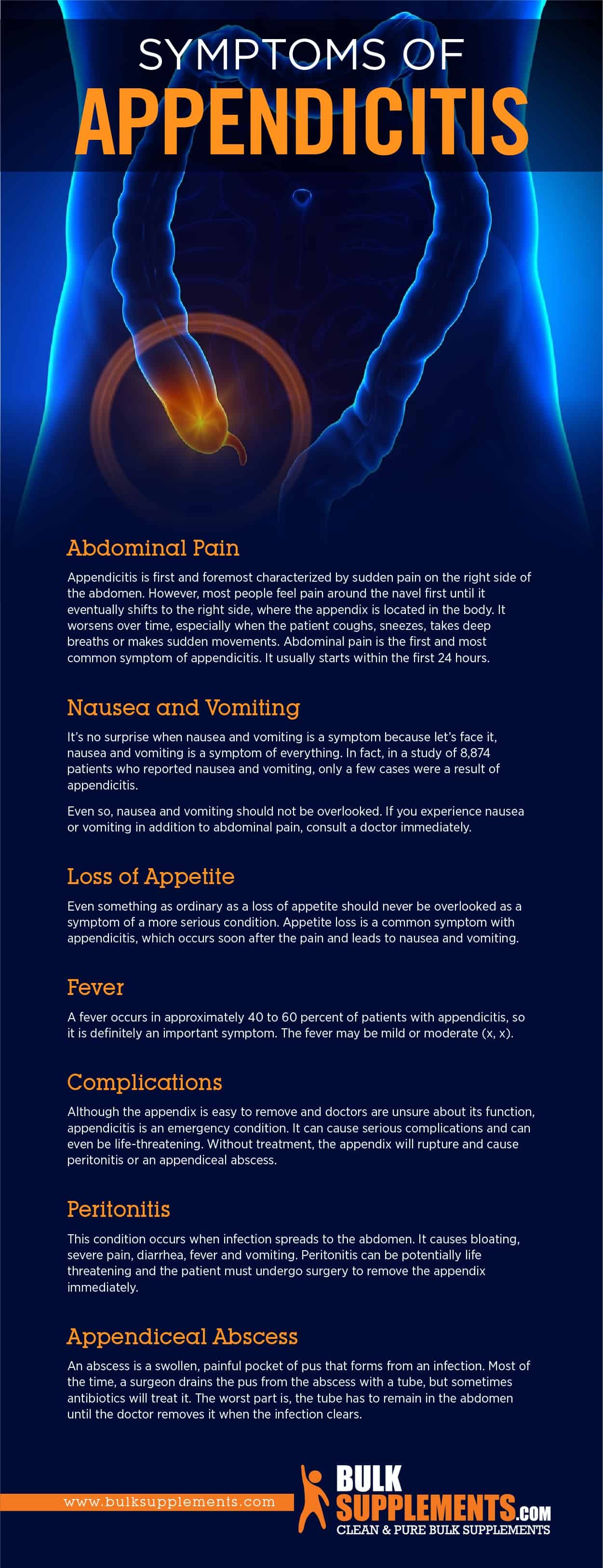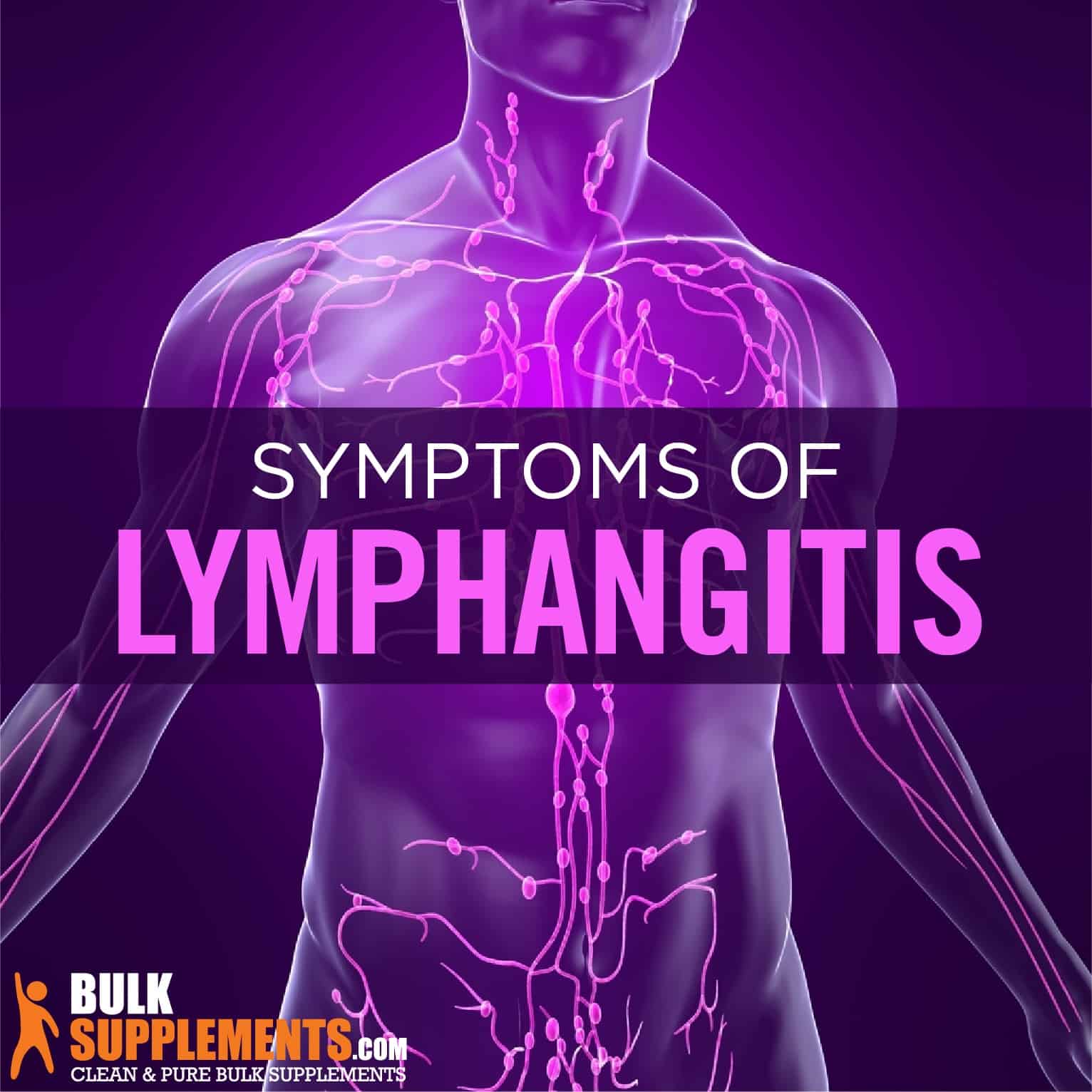Appendicitis: Causes, Symptoms & Treatment

Appendicitis
What is Appendicitis?
The truth is, most people don’t even know what their appendix is until they have appendicitis — at which point, they no longer have an appendix. So what is the appendix? It’s a finger-sized pouch near the large intestine that reaches from the colon to the lower right side of the abdomen. Medical professionals do not completely understand what the appendix’s function is, which is why it is so easy to remove.
Appendicitis occurs when the appendix becomes inflamed and infected. It is most common among people between the ages of 10 and 30. An inflamed appendix is grounds for removal because it causes a lot of pain, not to mention other lasting consequences. If the condition is not treated, the pain increases as inflammation worsens and it can lead to more infection. The solution? Appendix removal.
Surgery is typically easy and pain-free, much less painful than the inflamed appendix itself. If left untreated, an inflamed appendix can eventually burst, spilling infectious materials into the abdominal cavity. In other cases an abscess may form. An abscessed appendix may still perforate and rupture, which is why in almost all cases of appendicitis, the appendix is removed.
Appendicitis Symptoms
Abdominal Pain
Appendicitis is first and foremost characterized by sudden pain on the right side of the abdomen. However, most people feel pain around the navel first until it eventually shifts to the right side, where the appendix is located in the body. It worsens over time, especially when the patient coughs, sneezes, takes deep breaths or makes sudden movements. Abdominal pain is the first and most common symptom of appendicitis. It usually starts within the first 24 hours.
Nausea and Vomiting
It’s no surprise when nausea and vomiting is a symptom because let’s face it, nausea and vomiting is a symptom of everything. In fact, in a study of 8,874 patients who reported nausea and vomiting, only a few cases were a result of appendicitis.
Even so, nausea and vomiting should not be overlooked. If you experience nausea or vomiting in addition to abdominal pain, consult a doctor immediately.
Loss of Appetite
Even something as ordinary as a loss of appetite should never be overlooked as a symptom of a more serious condition. Appetite loss is a common symptom with appendicitis, which occurs soon after the pain and leads to nausea and vomiting.
Fever
A fever occurs in approximately 40 to 60 percent of patients with appendicitis, so it is definitely an important symptom. The fever may be mild or moderate.
Complications
Although the appendix is easy to remove and doctors are unsure about its function, appendicitis is an emergency condition. It can cause serious complications and can even be life-threatening. Without treatment, the appendix will rupture and cause peritonitis or an appendiceal abscess.
Peritonitis
This condition occurs when infection spreads to the abdomen. It causes bloating, severe pain, diarrhea, fever and vomiting. Peritonitis can be potentially life threatening and the patient must undergo surgery to remove the appendix immediately.
Appendiceal Abscess
An abscess is a swollen, painful pocket of pus that forms from an infection. Most of the time, a surgeon drains the pus from the abscess with a tube, but sometimes antibiotics will treat it. The worst part is, the tube has to remain in the abdomen until the doctor removes it when the infection clears.
Moral of the story: to avoid complications of appendicitis, get the appendix removed quickly!

Causes of Appendicitis
Typically there is only one main cause of appendicitis: a blockage in the appendix lining, which causes infection.
Sometimes thick mucus or stool enters the space between the appendix and the cecum and hardens until it blocks the opening. Lymphatic tissue in the appendix may also swell and block the opening. When the space is blocked, bacteria in the appendix multiplies, causing infection. The body then responds with inflammation to fight it.
Appendicitis Prevention
Although there is no way to prevent appendicitis, a high fiber diet can help decrease the risk. People who eat foods high in fiber, such as fresh fruits and vegetables, suffer from appendicitis less often than those who don’t.
SEE ALSO

Lymphangitis: Symptoms, Causes & Treatment
Appendicitis Treatment & Supplements
Treatment
The only treatment for appendicitis is a surgery called an appendectomy to remove the inflamed appendix. The doctor may perform an open method or laparoscopic surgery. The open method uses a small incision on the right side of the abdomen to remove the appendix and the laparoscopic surgery makes more than one incision and uses a laparoscope to look at the appendix before it is removed.
Recovery
Recovery time depends on the type of procedure and any other complications. The patient usually stays in the hospital for one or two days if the appendix did not rupture. They receive antibiotics and physicians observe the patient for signs of complications. But it may take four to six weeks for a full recovery.
During recovery, in addition to prescribed pain medication, doctors may recommend the following remedies as the patient goes through the healing process:
- Avoiding strenuous activities. Like all surgeries, you don’t want to risk opening the incision or damaging the wound.
- Support the abdomen when laughing or coughing. The pressure helps reduce pain.
- Get up and move around as quickly, but also as slowly as possible. As soon as you feel strong enough, move around slightly, but don’t perform anything too strenuous.
- Sleep is the key to any recovery and appendicitis is no exception. Sleep when you’re tired and whenever you can.
Fiber Supplements
In a study, researchers hypothesized that a lack of fiber is an important factor in acute appendicitis and may increase the chances of developing appendicitis. There were 31 patients with acute appendicitis and 30 in the control group without appendicitis. The appendicitis patients consumed an average of 17.4 g of fiber, while the control group consumed 21.0 g. For this reason, doctors often recommend fiber supplements to individuals who have been affected by appendicitis. A high fiber diet does not eliminate the risk, but it lowers it.
Fiber supplements, such as psyllium husk and methylcellulose, typically treat constipation and healthy digestive functioning, but can also decrease the risk of appendicitis. It absorbs water in the gut so that bowel movements can pass easier. As a dietary supplement, take psyllium husk in 5 mg doses one to three times per day.
The Bottom Line
The appendix is a small, finger-sized organ in the abdominal cavity. It doesn’t have any vital functions, but sometimes stool or mucus backs up and clogs the space in the abdominal cavity, causing bacteria to multiply and cause infection.
Appendicitis typically affects people between the ages of 10 and 30. Signs include abdominal pain on the right side, nausea or vomiting, loss of appetite and fever. Appendicitis is an emergency condition and the patient must undergo an appendectomy to remove the organ. If the patient does not receive treatment in time, the appendix can rupture and cause further infection. There is no way to prevent appendicitis, but a high fiber diet or taking fiber supplements can reduce the risk.



